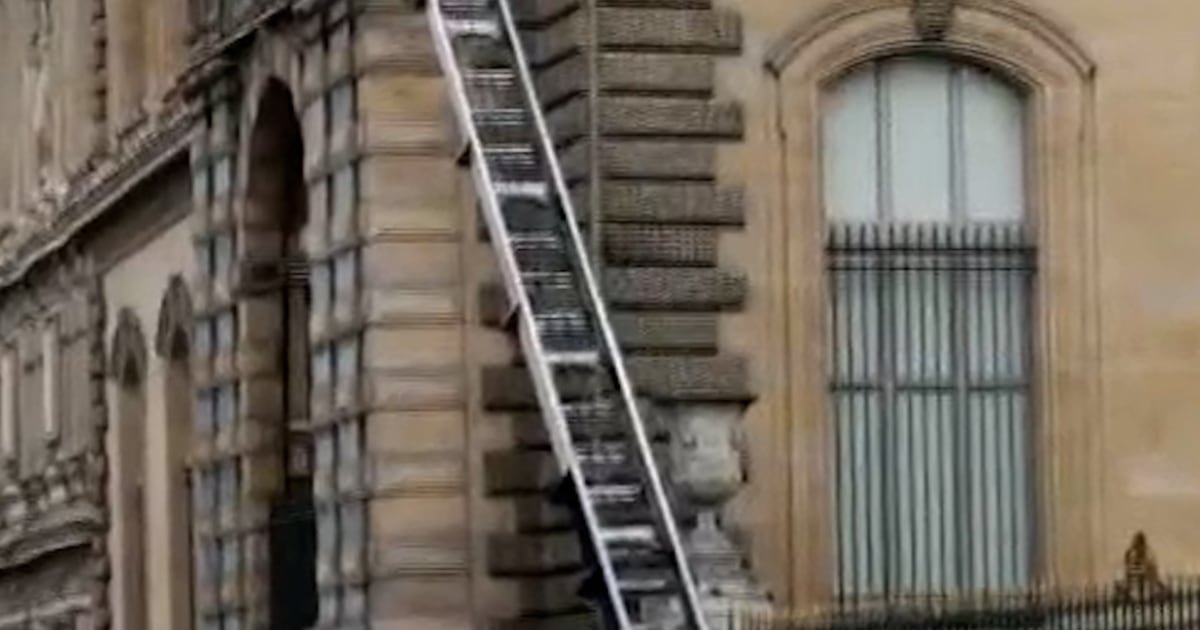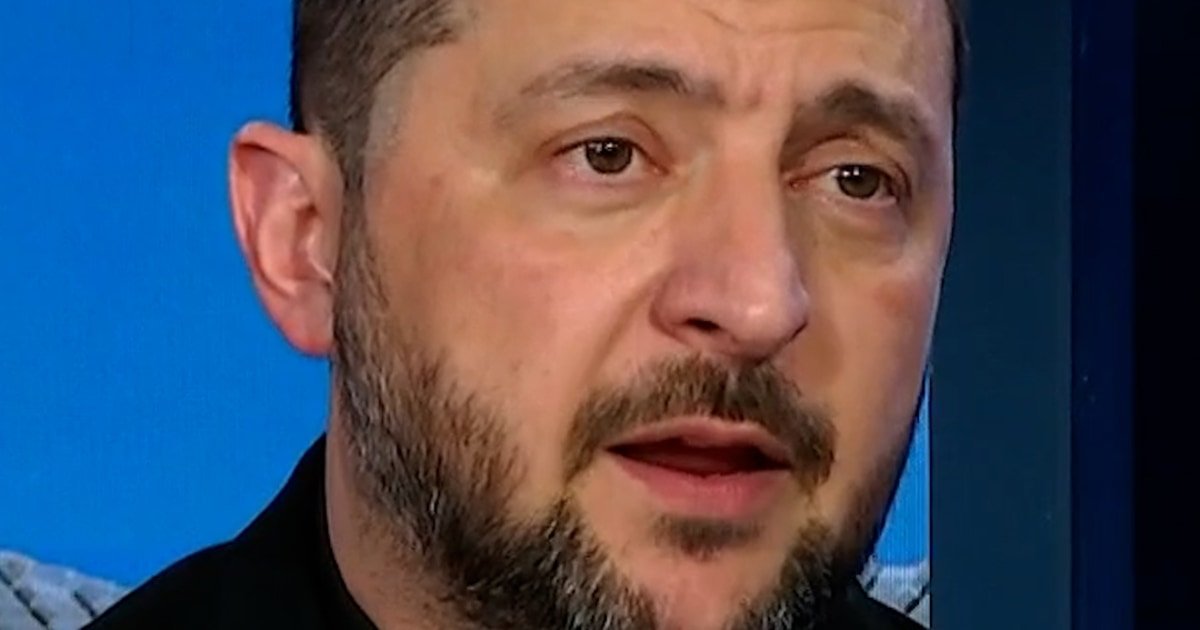A week after the Palisades Fire roared down a mountainside, engulfing entire communities and killing at least eight people, its cause remains unknown.
The answers, when they emerge, will likely be found on a scorched and blackened ridge in West Los Angeles overlooking a Pacific Palisades neighborhood that includes a popular hiking trail, an area that was also the scene of a small fire six days earlier. .
Understanding the catastrophic Jan. 7 fire could take months, a process that began with investigators collecting videos and photos from nearby homes and social media, interviewing witnesses and firefighters and examining 911 calls for clues.
“This is all going to take time,” José Medina, acting special agent in charge of the Los Angeles office of the Bureau of Alcohol, Tobacco, Firearms and Explosives, said at a news conference Tuesday. He said there were 75 federal and local investigators on the case. “We know that everyone wants answers and the community deserves them. The ATF will give you those answers, but it will be once we complete a thorough investigation. “We don’t have a timeline on when this will happen.”
Investigators have not reached any conclusions, although the investigation initially focused on possible human causes, according to multiple law enforcement sources familiar with the investigation. Possibilities include arson, an accidental spark, fireworks, unauthorized camping activity or the rekindling of a previous fire extinguished on New Year’s Day, sources said.
The investigation has taken investigators to the ash-covered area where the fire was first detected, searching for the smallest clues.
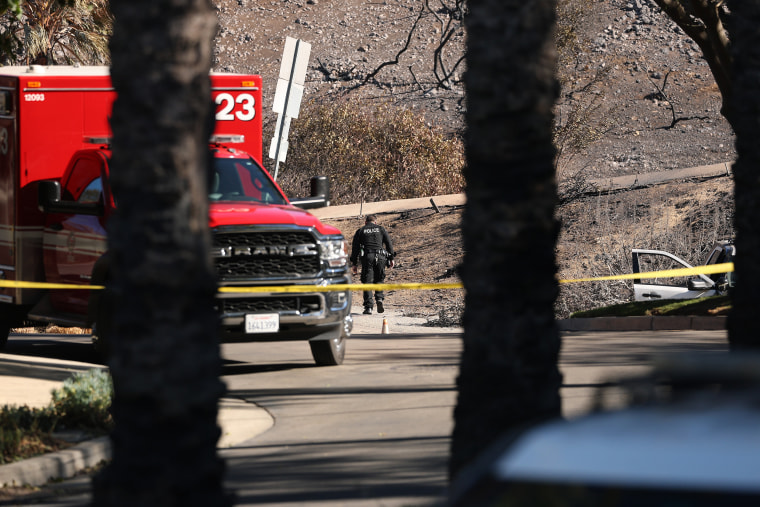
Wind-blown wildfires, like the Palisades Fire, leave “patterns of movement” in plants, trees, grass, rocks and other objects that, to a trained eye, reveal how flames spread. By marking those signs, investigators backtrack to the suspected starting point.
“If you understand how to read those patterns, it quickly becomes apparent where the origin of the fire is,” said Ed Nordskog, a retired Los Angeles County sheriff’s fire investigator who is not involved in the Palisades Fire investigation.
Investigators try to limit their search to an area of about 25 square feet and then turn the site into a grid of zones of about 4 square feet each, Nordskog said. Using magnets, metal detectors, and magnifying glasses, they look for tiny objects (such as fragments of melted machinery parts, a match head, glass, remains of fireworks) that could explain or rule out a potential cause. They may bring a dog trained to detect traces of accelerants. They are also guided by nearby electrical equipment, such as fences or poles, or signs from gasoline-powered vehicles. Meanwhile, other investigators talk to witnesses who may have seen something suspicious.
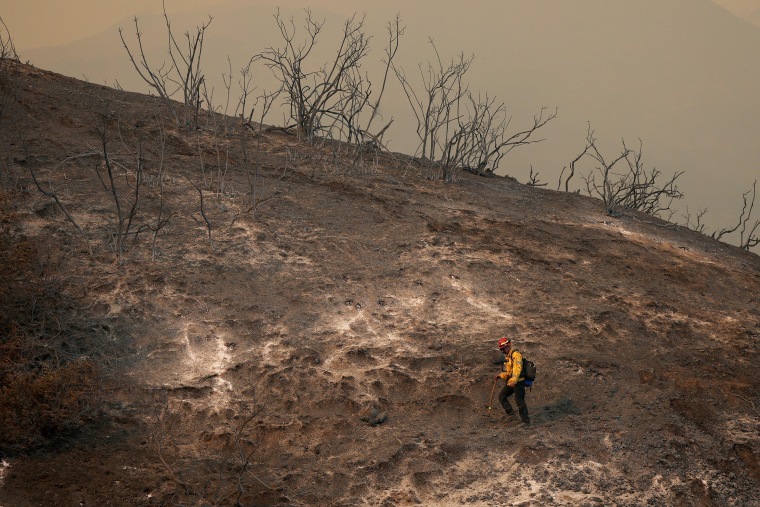
ATF’s National Response Team is leading a joint investigation with local authorities into the Palisades Fire, as well as other fires that broke out last week across Los Angeles County and, fueled by strong winds, swept across mountain slopes. and neighborhoods, destroying more than 12,000 structures. consuming more than 40,000 acres and killing at least 25 people. Some of the fires are still burning.
The Palisades fire, which is the largest, may be the most difficult to explain due to the large number of potential factors that investigators will have to eliminate to determine the cause.
The theory that the Jan. 1 fire was responsible has generated the most public speculation.
That wildfire started in the ridge area sometime after midnight, detected by residents of the nearby Palisades Highlands neighborhood, which is part of Pacific Palisades. Firefighters put it out and before 5 a.m. it was considered contained with no structures damaged or anyone injured. The city’s fire department did not say what caused it.
The fire was practically forgotten until six days later.
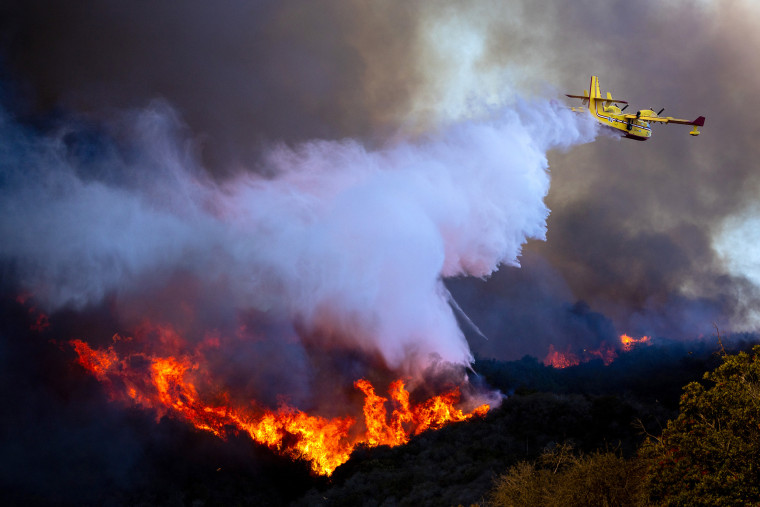
Around 8:20 a.m. on Jan. 7, Darrin Hurwitz set out on his usual walk along a mountainside trail near his home in the Marquez Knolls neighborhood. It was very windy: Authorities had already issued an alert that gusty conditions put Los Angeles at high risk for fires.
An hour into the hike, as he passed a rock known as Skull Rock, he said, he noticed a strip of charred vegetation and smelled smoke. Hurwitz said that, remembering the New Year’s Day fire, he didn’t think much of it, assuming the smell was left over from it, or that he was detecting fires somewhere else far away.
Hurwitz, a 49-year-old lawyer, said he stopped about two hundred feet from the burn scar and saw no smoke or anything notable. “It wasn’t enough to think there was something suspicious,” he said. Hours later, his family escaped the fire that was ravaging the neighborhood, but their house was destroyed.
Mid-morning, a group of runners saw flames and smoke near Skull Rock and ran away, taking photos and videos as they escaped to safety. Palisades Highlands residents reported seeing the growing fire from their homes around 10:30 a.m.
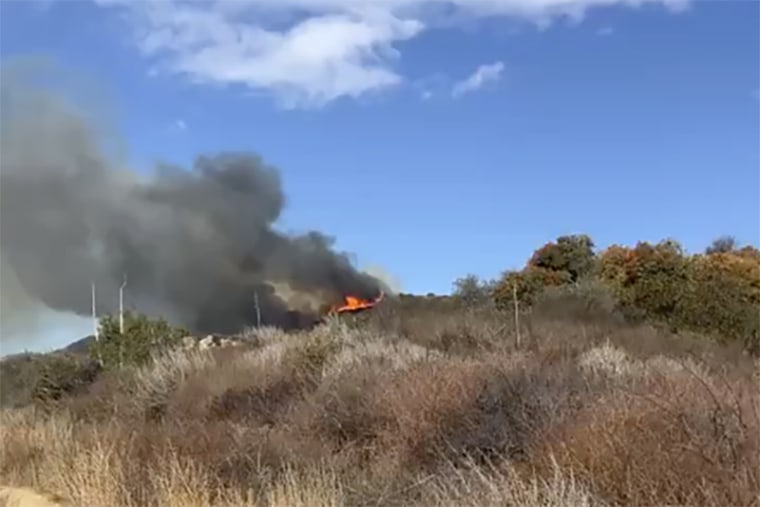
Having two fires in roughly the same area six days apart has fueled speculation that the Palisades Fire was sparked by a flare-up of the previous one. But experts are divided on whether that is a viable explanation. A 2023 wildfire that destroyed the town of Lahaina on the Hawaiian island of Maui was found to be the result of a smaller fire reigniting, although only a few hours separated those fires.
For days or weeks after a fire, embers can lodge somewhere and stay hot, and tree roots can burn underground, Nordskog said. This effect is often seen in mountain forests and is not common in coastal brush like in the Pacific Palisades, he said. But it is possible, he said.
Scott Sweetow, a former ATF arson investigator, said he doubted that would happen in this case.
The relatively light vegetation of the Pacific Palisades landscape and the six-day stretch before the second fire ignited made its revival “incredibly unlikely,” he said.






